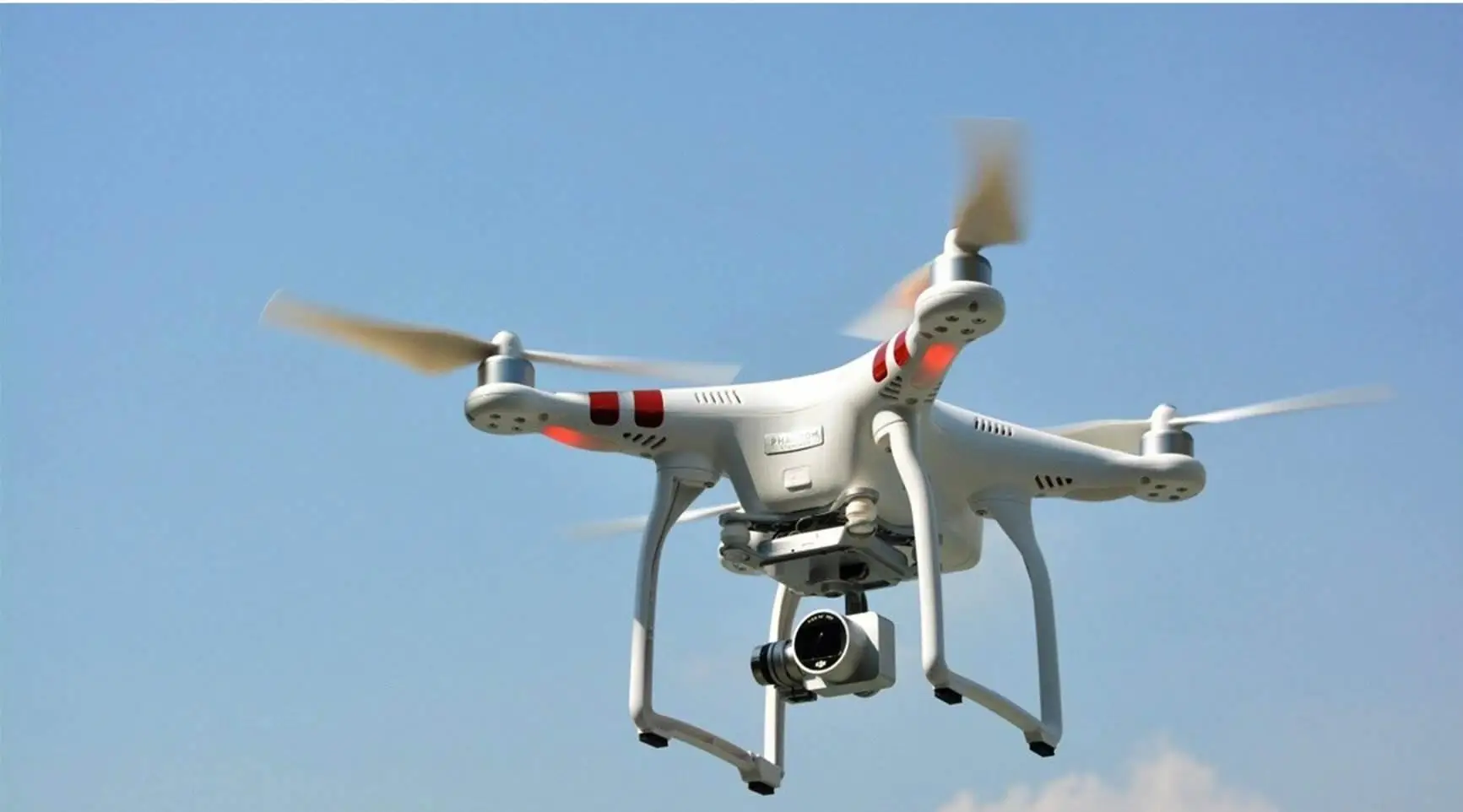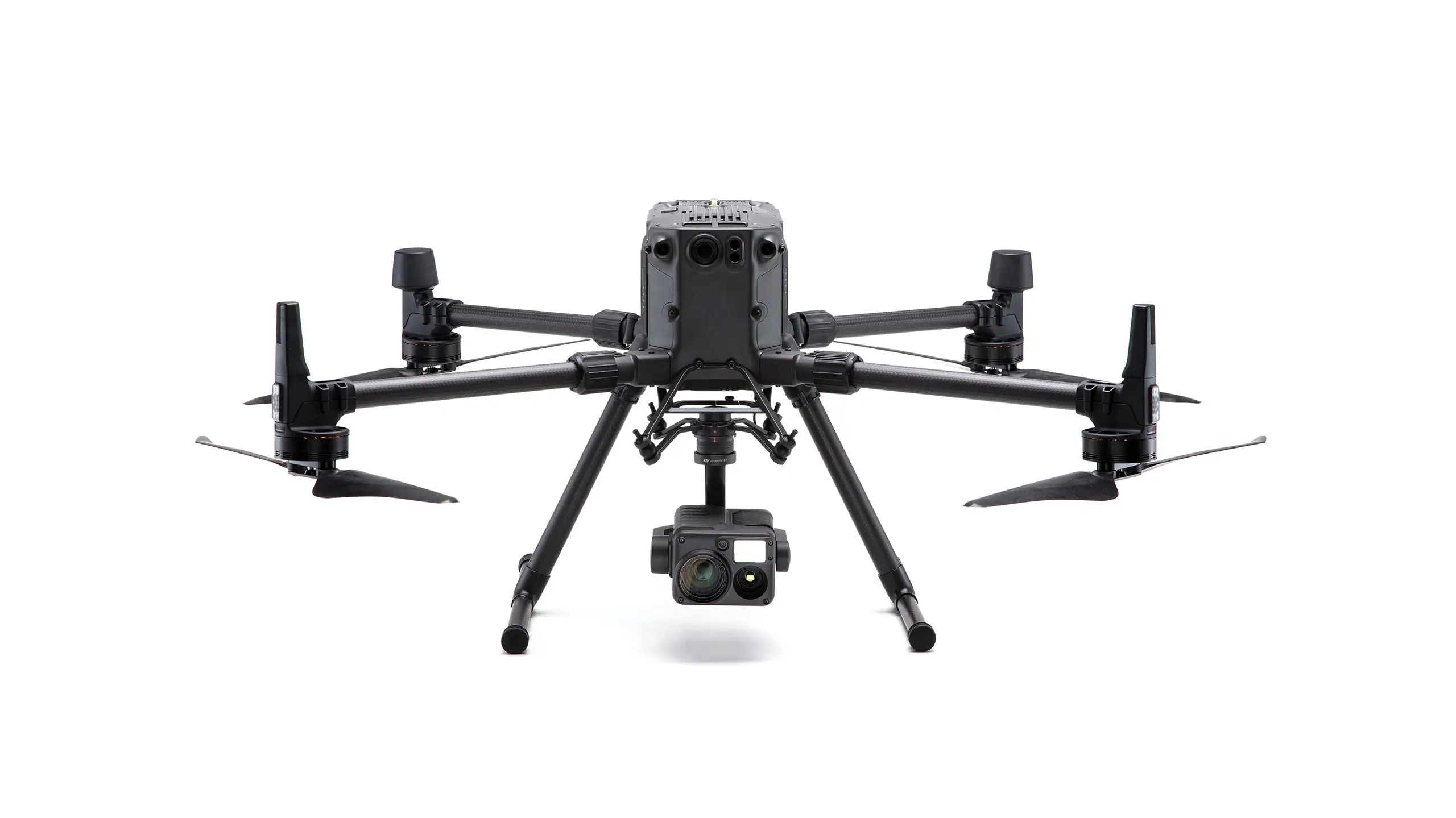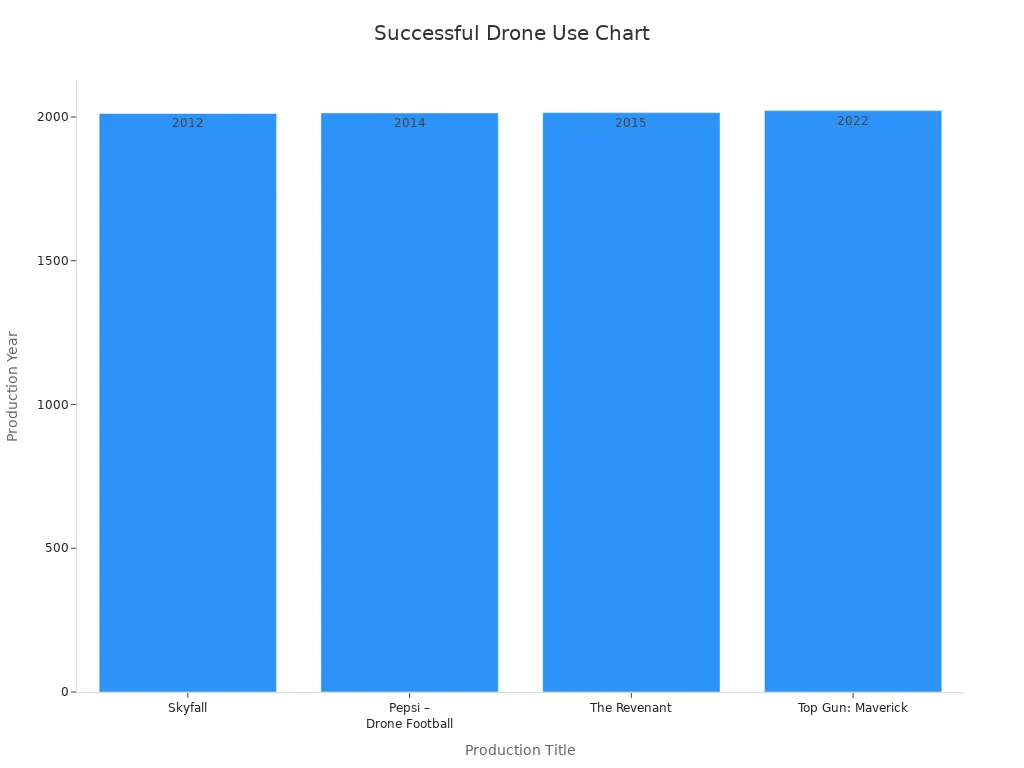Top Drone Applications That Are Changing the World

Drones are now useful tools in many industries, and you can find a blog about drones that explores their various applications. They are used for fun and important tasks, thanks to better sensors, AI, and communication tech. By 2025, the drone market may grow to $4.4 billion, with China potentially leading with $1.6 billion of that amount. This shows that drones for sale are becoming easier to obtain and use. They assist in farming, delivery, and security jobs. For example, in April 2023, smart drones helped farmers grow more crops by studying their fields. These changes illustrate how drones, including those available for purchase, are transforming industries everywhere.
Key Takeaways
Drones are changing package delivery by making it 35% faster. This helps logistics become quicker and more efficient.
Delivering with drones can lower carbon emissions by 94%. They are a cleaner option than regular delivery methods.
Drones improve safety during inspections by keeping workers safe. They help avoid dangerous areas and reduce risks.
Farmers use drones to grow 25% more crops. Drones find sick plants fast and help save resources.
Drones are important in disasters, bringing supplies to far places. They also help in search and rescue missions.
Revolutionizing Package Delivery with Drones
Faster and More Efficient Deliveries
Drones are changing how deliveries are made by saving time. In Boston, drones cut delivery times by 28% compared to trucks. Pittsfield saw even better results with a 35% time reduction. This shows drones are fast and reliable, even at slower speeds. They avoid traffic and fly straight to their destinations. This makes deliveries quicker for both people and businesses.
Reducing Carbon Footprint in Logistics
Drones are a cleaner option than regular delivery trucks. Studies say drones use up to 94% less energy in cities. This helps lower carbon emissions, making them better for the planet. Drones deliver goods directly, using less fuel and causing less pollution. As they carry more items, like medical supplies or packages, they become even more eco-friendly.
Real-World Examples of Drone Delivery Services
Many companies are already using drones for deliveries:
Amazon Prime Air: Since 2016, Amazon has delivered packages by drone within 10 miles in 30 minutes or less.
Zipline: In Rwanda and Ghana, Zipline sends medical supplies to faraway places quickly.
UPS Flight Forward: Started in 2019, UPS uses drones to improve delivery systems.
Wing: Owned by Alphabet Inc., Wing tests small package deliveries with drones.
Haleon with Verity drones: In South Africa, drones in warehouses improved delivery accuracy and speed.
These examples show how drones are making deliveries faster, easier, and better for the environment.
Enhancing Industrial Inspections Through Drones
Improving Safety in Hazardous Environments
Drones make industrial inspections safer by keeping workers out of danger. They can go into risky places like nuclear plants or oil refineries. Workers don’t need to enter areas with radiation because drones do the job. In oil and gas, drones check tanks for leaks and damage. This keeps people safe while ensuring everything works well.
Safety Improvement | Description |
|---|---|
Better Safety | Protects workers and the environment during inspections. |
Less Risk for People | Uses drones instead of humans in dangerous areas. |
Prevents Accidents | Plans and follows rules to avoid problems. |
Emergency Ready | Prepares for unexpected events to keep people and equipment safe. |
These tools show how drones make inspections safer and still effective.
Cost-Effective Monitoring of Infrastructure
Drones save money when checking infrastructure. Old methods need costly tools, many workers, and long delays. Drones cut costs by needing fewer people and less equipment.
Expense Category | Traditional Security (Annual) | Drone Security (Annual) |
|---|---|---|
Worker Salaries | High | None |
Equipment Setup | Medium to High | Medium |
Maintenance Costs | Medium | Low |
Training Costs | Ongoing | Small |
Total Cost | High | Lower |
This table shows drones are cheaper and better for industries needing savings.
Applications in Oil Rigs, Bridges, and Power Lines
Drones are great for checking oil rigs, bridges, and power lines. They reach tough spots and take clear pictures or heat scans. For example, drones find problems in power lines early to stop outages. Helicopters cost over $4,000 daily, but drones do it for less.
In oil and gas, drones inspect pipelines for leaks or rust in hard-to-reach places. They also help with bridge checks. Many U.S. bridges are over 50 years old, so regular checks are important. Drones make these checks safer and cheaper than older methods.
These examples prove drones are key for safe, fast, and affordable inspections.
Transforming Agriculture with Drone Technology

Watching Over Crops and Predicting Harvests
Drones are changing farming by helping farmers check crops better. With special cameras, drones spot sick plants or pests quickly. This helps farmers fix problems fast and grow healthier crops. Farms using drones grow 25% more food than old methods. Smart computer programs also predict harvests by studying weather, soil, and pests. These programs are 75-85% accurate for big crops, helping farmers plan smarter.
Drones can fly to hard-to-reach places, covering all parts of fields. They use less fertilizer and pesticides, keeping nearby nature safe. This mix of accuracy and care makes drones a must-have for modern farming.
Better Watering and Fertilizing
Farming gets easier with drones, especially for watering and fertilizing. Drones with special cameras find spots needing more or less water or nutrients. This saves resources and avoids waste. Some drones use LiDAR to make maps, helping farmers plan water systems better.
Drones also collect live data on soil moisture and temperature. They check for leaks in water systems and improve water use. These tools cut costs by 40% and support eco-friendly farming.
Real-Life Drone Farming Examples
Many farmers already use drones to improve their work. Companies like Taranis use smart drones to check crops and save on pesticides. In Illinois, farmer Jeff Brown uses drones to work faster and smarter. John Deere’s self-driving tractors work with drones to save money and time. Drones also study soil, make 3D maps, and find the best planting spots.
Drones help guess how much food crops will produce. They create reports on crop growth and final harvests, helping farmers plan ahead. These examples show how drones make farming easier, greener, and more productive.
Changing Filmmaking and Photography with Drones
Taking Amazing Aerial Shots
Drones have changed how movies and photos are made. They let creators take amazing pictures from high up. This was hard or costly before. Drones are safer and cheaper than helicopters or cranes. For example, DJI's Mini 4 Pro, shown at the 2025 NAB Show, can fly for 45 minutes and stream in 4K HDR. It’s great for live events and action scenes.
Smart tools like ActiveTrack and MasterShots make filming easier. These features help cameras move smoothly without much effort. Filmmakers can now create high-quality videos even in busy settings. Drones save money and make filming easier for everyone, from experts to beginners.
Making Great Content Affordable
Drones make creating great videos cheaper and easier. Before, filming from the air needed helicopters and big budgets. Now, drones let small teams and independent creators make cinematic shots. They also take clear pictures of landscapes, improving video quality.
Photographers use drones for weddings, documentaries, and ads. Drones can fly over tough areas or crowded places safely. This helps creators get the perfect shot without risking safety. Drones allow new storytellers to make amazing content with fewer resources.
Drones in Big Movies and Small Projects
Hollywood and small creators both use drones to tell stories. Movies like Skyfall (2012) used drones for exciting chase scenes. In The Revenant (2015), drones filmed wild landscapes in long, smooth shots. Top Gun: Maverick (2022) used drones for fast aerial stunts, giving viewers thrilling views.
Small creators also use drones for creative projects. For example, Pepsi’s "Drone Football" ad in 2014 showed drones filming a fun football game. These examples show how drones are now key tools for making movies and videos.

Helping with Humanitarian Aid and Disaster Relief Using Drones
Bringing Important Supplies to Hard-to-Reach Places
Drones are great for delivering supplies to remote areas. They fly over tough landscapes to bring food, water, and medical kits. In emergencies, drones help where trucks or cars cannot go. For instance, after the 2010 Haiti earthquake, drones carried medical supplies to camps. This quick delivery helped people in need. Drones work fast in disaster zones, saving time and lives.
Helping in Search and Rescue Operations
Drones are very useful in finding missing people. They use cameras and sensors to give live updates. In Italy, drones helped during an avalanche when rescuers couldn’t reach the area. FlytBase-powered drones made searches faster and easier. They worked in hard-to-reach places, improving rescue efforts. Worldwide, drones have saved 279 lives, as DJI shared in 2019. Their ability to handle tough conditions makes them a key rescue tool.
Real-Life Drone Use in Disaster Relief
Drones have been used in many disaster relief missions. They map damaged areas and keep workers safe. The table below shows some examples:
Year | Event | How Drones Helped |
|---|---|---|
2015 | Nepal earthquake | Checked damage and helped find missing people. |
2011 | Fukushima nuclear disaster | Surveyed safely to protect workers. |
2010 | Haiti earthquake | Delivered medical supplies to camps. |
2014 | Oso landslide | Mapped the area for better planning. |
2022 | Tennessee emergency study | Tested drones in different emergency cases. |
These examples show how drones improve disaster response and save lives. They are now essential for helping people during crises.
Expanding Internet Access Using Drones
Bringing Internet to Remote Places
Drones help bring internet to areas without towers or cables. These places often lack the usual ways to connect online. Drones act like flying internet providers, linking devices to satellites. A study showed how drones work together to connect devices on the ground to low Earth orbit (LEO) satellites. These satellites send data to stations on the ground for use. This setup gives reliable internet, even in faraway places.
Drones with special communication tools can stay in one spot and create temporary wireless networks. This is very helpful during disasters when normal systems are broken. With internet access, rescue teams can work together and share updates quickly.
Closing the Internet Gap Worldwide
Drones are helping more people get online around the world. They bring internet to places that don’t have it, opening doors to learning, healthcare, and jobs.
Drones set up wireless networks fast without needing expensive equipment.
High-speed internet helps with online classes and medical care.
People can watch learning videos, letting students study from anywhere.
These changes make life better by giving more people access to important services. Drones are a smart way to connect more communities, especially in poorer areas.
Big Companies Using Drones for Internet
Some big tech companies are working on drone internet projects. Alphabet and Facebook have started programs to connect more people online. Alphabet’s Project Loon first used balloons but later added drones for better coverage. Facebook’s Aquila project used solar-powered drones to deliver internet. These projects show how drones can change internet access.
Other companies mix drones with satellites for wider and faster coverage. This mix of tools helps connect more people. Tech companies are using these ideas to create a more connected world.
Drones are now useful tools in many industries. They make work faster, safer, and easier to manage. Drones collect clear data to help people make better choices. They also lower risks by working in dangerous places instead of humans. Farming, shipping, and building projects save time and money with drones. For example, drones deliver packages, check crops, and inspect buildings carefully. As technology improves, drones will solve big problems like helping in disasters or protecting nature. They are shaping a safer and smarter world for everyone.
What industries use drones the most?
Drones are helpful in farming, movies, delivery, and safety work. Farmers use them to check crops, filmmakers take sky views, and rescue teams deliver supplies or find people. Drones are useful in many fields.
How do drones make inspections safer?
Drones check dangerous places like power lines and bridges. They gather data without putting workers at risk. This keeps inspections safe and still effective.
Can drones help in natural disasters?
Yes, drones map damage, bring supplies, and find missing people. They can fly over hard-to-reach areas, making them very useful in emergencies.
What makes drones good for farming?
Drones with special cameras check crops, water plants, and spread fertilizer. These tools help farmers grow more food and waste less.
Do drones help the environment?
Yes, drones watch animals, check forests, and test air or water. They give clear data to help protect nature and solve problems.
See Also
Three Key Methods XCF01SVOG20C Revolutionizes Automation Processes
Ways Innovative Technology Ensures Quality in Electronics Industry
RV1126 Drives Artificial Intelligence at the Robotics Edge
Three Innovative Approaches ATIC83E2 Enhances Industrial Automation
AD9736BBCZ: Shaping Tomorrow's Wireless Communication Landscape
CALL US DIRECTLY
(+86)755-82724686
RM2508,BlockA,JiaheHuaqiangBuilding,ShenNanMiddleRd,Futian District,Shenzhen,518031,CN
www.keepboomingtech.com sales@keepboomingtech.com
